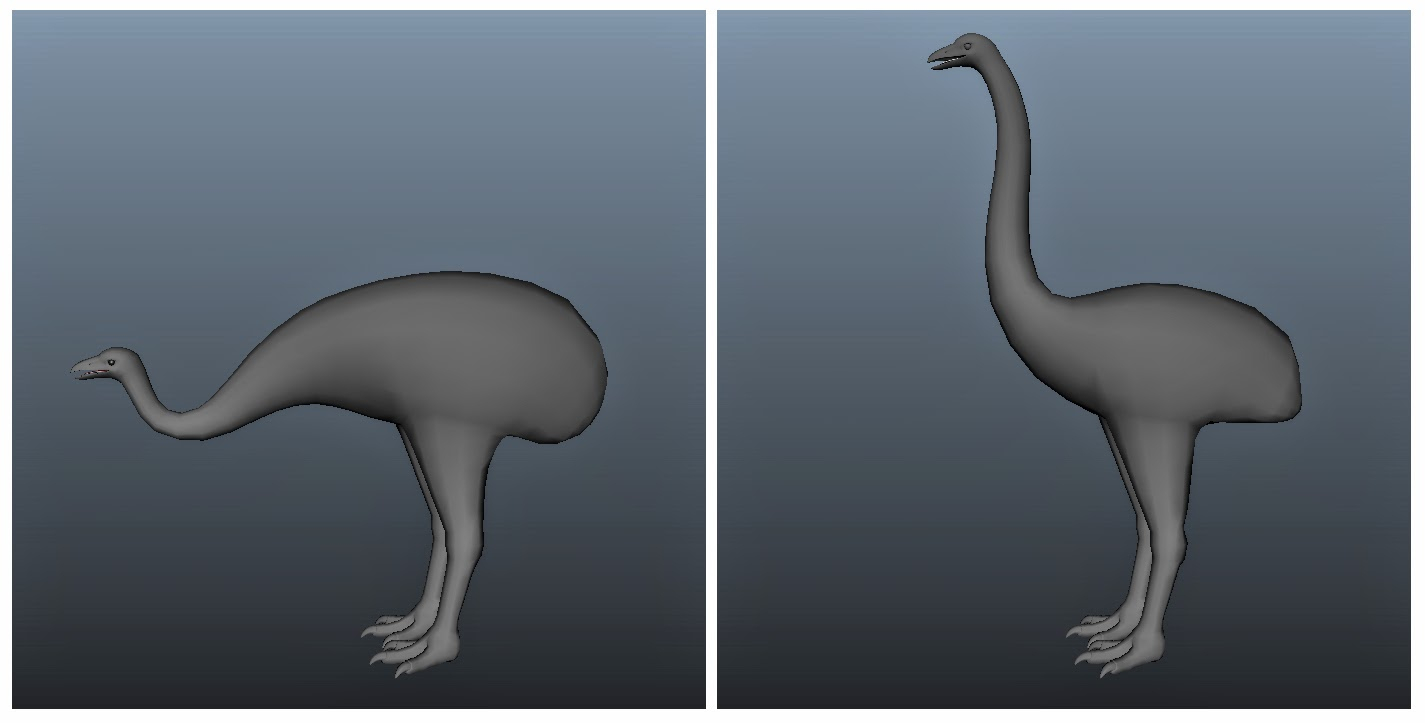The Moa - HELP!
 Hannah
✭
Hannah
✭
Hello! My name is Hannah White, and I'm currently a senior enrolled at William Jewell College in Liberty, Missouri.
I am in a bit of a tricky situation and any help that could be provided, or any resources I could be directed to would be wonderful.
Right now I'm working on my capstone as a Digital Media Communications major with a minor in Theater. I decided to create a life-size costume on digitigrade stilts which would closely, but not perfectly, replicate the moa, an extinct ratite bird much larger than the ostrich.
I have the majority of the build planned out. However, one of the key elements of my design is the desire to have it be somewhat scientifically accurate. I think the areas where science and art intersect are valuable, and while I do view this primarily as an art project, I also think it could be an educational tool.
In this pursuit, I reached out to my biology professor and requested his thoughts and expertise on the subject of the moa, to which he informed me that the majority of skeletal reconstructions of the moa are inaccurate. While most show the moa having a long and upright neck like the ostrich, their necks were in fact much more like that of the kiwi.
This presents a problem for me, as an artist. My vision for this piece was for it to be tall and looming, for it to disguise the human body and confuse the eye. The digitigrade stilts are a key element, but the neck was going to pull the viewer's eyes up and away from the body, making it look truly avian. With the neck being on a horizontal plane as opposed to vertical, though, it loses a lot of its presence. This is difficult to explain in writing, so I've provided a rendering below (not mine).
The point is, the horizontal neck is more scientifically accurate, but the vertical neck is more appropriate for the costume.


My new plan was to start thinking about making the neck articulate, that way I could have it at a low horizontal position, but also lift it up to a vertical one, which would both give me the effect I want while maintaining a degree of scientific accuracy.
However, I have no clue how to make the neck work, and haven't found anything online that has helped me solve this problem. I'm in desperate need of some expert advice, as I'm not a very good engineer. I would consider animatronics, but I don't have the time, expertise, or resources available (I don't think).
Any help that could be provided would be most appreciated! Even if the simple answer is: It's impossible.
I'm on a time crunch for this creature, as I only have about a month and a half left of the semester to bring all of the pieces together. I want it to be truly, truly amazing, and not only demonstrate my talents, but also bring awareness to the beauty of the practical creature design industry.
If you have any questions about my plans for the design, feel free to ask!
Hannah
Hannah
0
